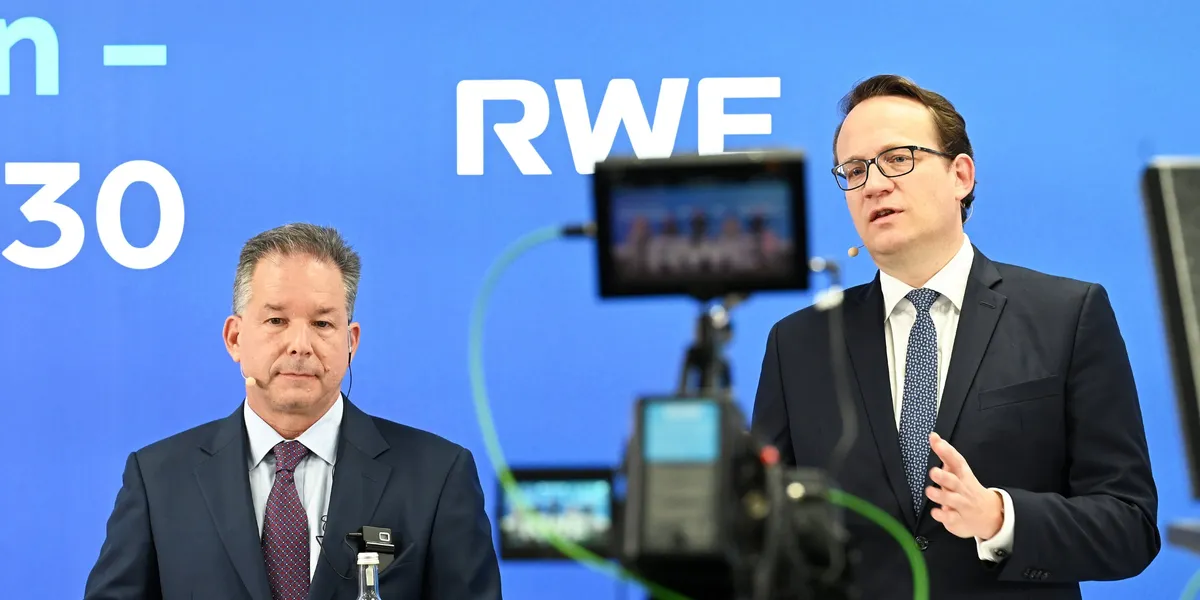Ampion Renewable Energy, a provider of community solar management solutions, is launching a new product meant to enable solar developers to expand access to solar credits for subscribers across state lines.
Ampion argues its Synthetic Community Solar product offers developers an opportunity to meet the Category 4 Investment Tax Credit (ITC) requirements more quickly, with the Inflation Reduction Act’s major incentives for solar developers expiring.
Category 4 of the Inflation Reduction Act gives solar developers bonus tax credits for Qualified Low-Income Economic Benefit Projects, or solar and wind facilities that direct at least 50% of the financial benefits to subscribers.
“Our new product expands the reach of community solar by deploying it across state programs, and solves a geographic problem that has historically limited developers’ ability to finance community solar assets in communities where low-income acquisition is challenging,” said Nate Owen, CEO and Founder of Ampion. “We’re grateful to offer a solution that helps developers navigate the complexities of community solar across different state programs while providing additional savings to low-income subscribers. This initiative directly supports our mission of making renewable energy accessible everywhere, for everyone.”
Traditionally, the community solar subscriber’s utility account needs to be located within the same utility territory and state as the solar farm. With Synthetic Community Solar, low-income households can get the financial benefits of a project located in a different state or utility territory.
The Northeast faces distinct challenges, including transportation electrification, aging infrastructure, renewable integration, grid modernization, and increasingly severe weather. DTECH® Northeast will assemble leading stakeholders to tackle these issues head-on, offering insights into cutting-edge technologies and strategies that ensure reliability, sustainability, and customer satisfaction. Join us in Boston, Massachusetts, from November 17-19, 2025!
The company argues its new product is especially useful when a solar farm is located in an area where low-income subscriber acquisition is prohibitively expensive or difficult: developers can leverage Synthetic Community Solar to earn the Category 4 ITC incentive. Ampion works with the utility to transfer funds, in the form of utility credits, to eligible, low-income subscribers in another region.
Synthetic Community Solar is already in use: A 2.5 MW (dc) installation in Maine is providing Ampion subscribers in Illinois with solar credits on their electricity bills. For this particular Maine project, Ampion transfers funds from the developer to income-qualified households in Illinois. Through Synthetic Community Solar, these subscribers can receive a discount of up to 20% off the solar credits produced by the site, Ampion said.
Late last year, Ampion announced it was expanding its community solar programs to Delaware, New Jersey, and Virginia, increasing its capacity under management to approximately 1.5 GW. Also in 2024, Ampion achieved more than 1 GW of community solar under management, and community solar installations are expected to exceed 14 GW in the next five years, according to Wood Mackenzie.









